
Do you have a question about the Toshiba TOSVERT VF-MB1 Series and is the answer not in the manual?
Overview of VF-MB1 inverter CANopen network capabilities and node support.
Identifies main components and connectors of the CANopen communication option.
Details the states and meanings of the CAN RUN LED.
Details the states and meanings of the CAN ERR LED.
Recommends specific cable types and specifications for CANopen communication.
Details how bus cable length varies with node count, cable type, and bit rate.
Configuring inverter parameters for command and frequency reference using CANopen.
Configuration settings for CANopen communication, such as Node-ID.
Specifies the configuration objects for Receive PDO (RPDO) communication.
Defines how inverter parameters are accessed as manufacturer-specific objects via CANopen.
Describes the objects and relationships for velocity mode operation via CANopen.
Explains the Controlword object (6040h) and its bit mapping for drive control.
Specifies the required target velocity for the system in RPM.
Provides the instantaneous velocity generated by the ramp function.
Indicates the actual velocity at the motor spindle or load.
Details velocity limits, acceleration, deceleration, quick stop, and option codes.
Provides the actual operation mode, displaying velocity mode.
Informs about the supported drive modes, primarily velocity mode.
Describes the Network Management (NMT) state machine for CANopen devices.
Explains how to read or write inverter parameters using SDO communication.
Details the data format for sending write requests for object data.
Defines transmission types for TxPDO and RxPDO for synchronous or asynchronous communication.
Describes how to update data synchronously using SYNC messages.
Detects communication loss using heartbeat or node guarding services.
Sends heartbeat messages to inform about the inverter's node status.
Describes the NMT Boot-up message sent by the inverter upon power-on or reset.
Demonstrates example communication for controlling run/stop and setting frequency asynchronously.
Specifies communication profile, indicator, and medium details.
Lists CANopen device parameters like Node-ID, baud rate, and PDO/SDO support.


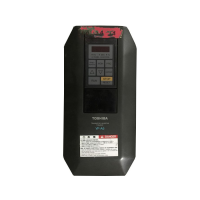
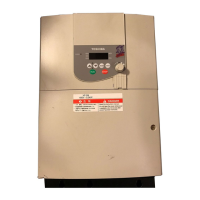
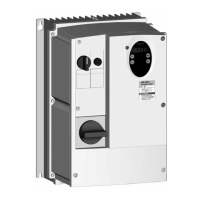
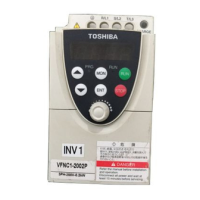
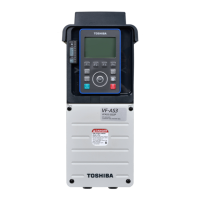
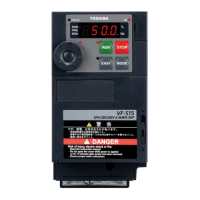
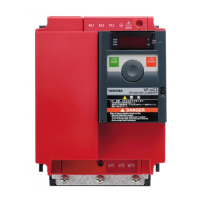
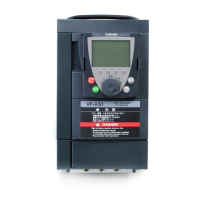
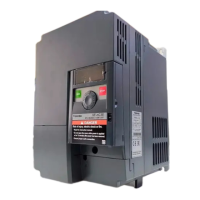
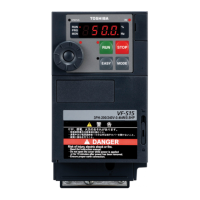
